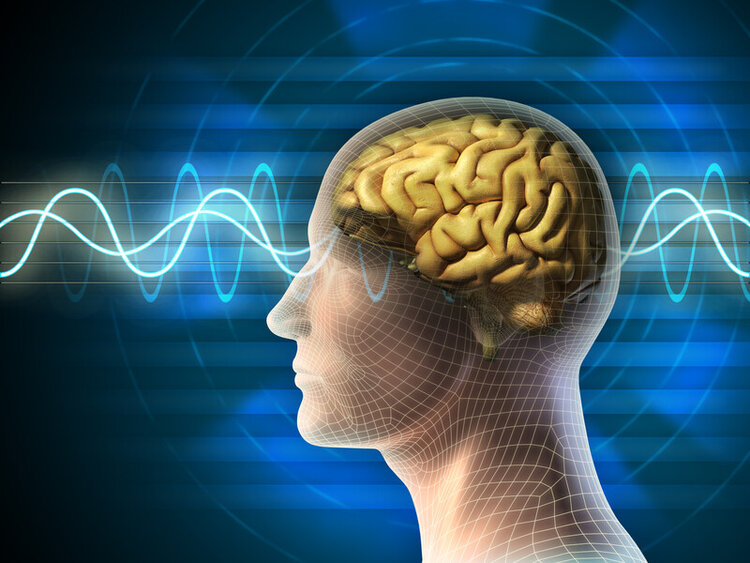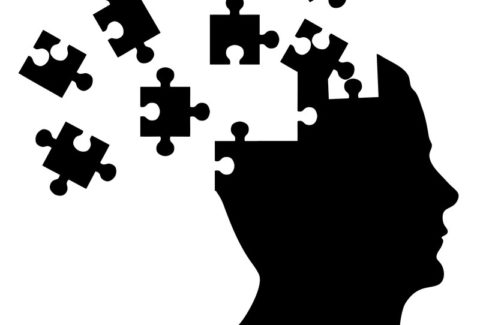One Practical Tool Of Meaning and Meaningless
Our brain automatically assigns meaning. It is not worth fighting it. We’d lose anyway. When our senses get into contact with anything, be it an object, an event, a person, or a situation, our automatic thoughts get activated, through our belief systems, which color our attitude, which in turn determines our perception, leading to the type or level of meaning our brain assigns. The type or level of meaning, of course, determines our focus or what we bring our attention to, and how we do so, including what our level of focus is. All this, in turn, will determine the associated thoughts that emerge, which then define the feelings and emotions that follow, driving our action, behavior, and habits, our results, and our identity. This then serves to reinforce our automatic thoughts that are part of our belief systems. Of course, our belief systems are part of our Normal Blueprint, which composes of our genetic information passed on to us by our parents; our series of experiences, which are influenced by our parents, or by those who raised us, and which certainly belong to the past.
This paragraph just summarized the Cognitive Behavioral Therapy Model. It summarized the Belief-Identity Pathway. And it also summarized why our thoughts, perceptions, emotions, and past, are all meaningless, though they all have an effect.
As we continue on this unparalleled journey of this Psychotherapy Certificate Course, it may be worth taking a step back to look at a practical use of the insightful understanding that thoughts, perceptions, emotions and past are meaningless. After all, the practical use of this insight is how we have arrived at a series of evidence-based practices, including CBT, DBT, and Logotherapy. However, one caveat worth making is that the practical use of the lack of meaning of our thoughts, perception, emotions, and past, is far from the intention of this Course. For the awareness of what is meaningless is only a step to arrive at that which is meaningful, of which a practical use is the intention of the Course.
The question is, therefore, why are we looking at a practical use of the lack of meaning of our thoughts, perceptions, emotions, and past when it is far from the overall intention of the Course? Here’s why?
An intellectual understanding of meaninglessness is totally different from an insightful understanding of the same. This means saying “our past is meaningless,” may not necessarily result in significant changes in our lives as long as it is not fully experienced. A full experience at times may require some form of practice, and making some practical use of this insight, may well serve as a means to the end.
Put in another way, it may be easier for us to decide to play with the concept in a stepwise manner than to make some major jumps. In this case, the following can be done and is recommended:
-
The next time you have a thought, or an emotion, or a thought about your past, or about your future, remind yourself this is a meaningless thought or emotion. Do not resist it, do not engage it, let it go, and focus on whatever else you were doing. In CBT, which is an example of practical use of this model, we call this, Refocusing.
-
The next time, someone does or says something to you, remind yourself this is meaningless, that you could choose to assign meaning or not, and even if you did, it would still be a meaningless meaning.
-
The next time, a situation, or event presents itself, find if there is anything you can do about it, and if so, go ahead and do it. If there is nothing you can do about it, find out who may know how to manage it. If neither you, nor anyone else can do anything about it, then remind yourself that this event, situation, or circumstance, is meaningless. Of course, you will be tempted to think, “isn’t that denial?” of this you will remind yourself and say, “ Thinking that this may be denial is, itself, a thought and it is meaningless, and I will not fight it, or try to resist it, rather, I will simply refocus.” Of course, you may still be learning how to refocus, which means you may end up focusing on the thought so much that you start to feel it. This then becomes an opportunity for you to remind yourself and say, “This feeling, too, is meaningless,” and you can simply embrace it, and refocus and continue to do whatever you were doing. Of course, someone may tell you how you should deal with your thoughts or your feelings, and you will take this as an opportunity to remind yourself and say, “what someone does or says, is meaningless.”
-
The first few days when you start engaging in this practice, you may find it strange, or enjoyable, or intriguing, or empowering, it will all depend on where you are, but remember, that too will be meaningless. What you do need to do, however, is the following: Before you start engaging in this practice, take some time to assess yourself. Assess your thoughts, emotions, attitude, how much attention you give to the past or the future; how worried you are about what others may think or say about you; how much you feel you are able to stay in the present, and how free you find you really are. Give yourself a score for each one of these categories. Then start the above practice. Do it as often as the opportunity presents itself, then each week, compare your scores. Needless to say, the more regular, frequent, and intense, is your practice, the faster you will notice a gap between your baseline score and your progressive one.
-
This simple exercise, if done properly will be an empowering way for you to go from an intellectual to an insightful understanding of how we’ve been suffering from what is meaningless (our thought, perception, emotion, and past), how the meaningless has no effect unless we give it meaning, and how we give it meaning based on how we react to it. This also means, the moment we acknowledge the meaningless for what it is, without making any fuss about it, it remains neutral, and it has no effect.
The result of all this is:
-
Ceasing suffering: Which comes only from thought and thought alone
-
Aliveness: Because the energy is no longer being spent to “fight those evil thoughts or emotions.” Rather, the energy is being focused on the present time, where it has always been meant to be
-
Freedom: Because there is a level of certainty about Life that emerges. The thoughts are in the background, but meaningless, hence neutral. One is therefore free to focus on one’s work, without being distracted by being stuck in one’s head, one’s emotions, or one’s past. The ramifications of this include and are not limited to creativity, performance, authentic happiness, and an identity shift.
Yet, this is all from the simple insight of what Reality is not, What is not Real, and what is meaningless. In other words, this is simply the tip of the iceberg. We’re just starting, and we promise you, you are up for an amazing ride. Yet, remember, an intellectual understanding alone will not cut it. An insightful understanding is required, and for this, the above exercises are recommended, even though they are not the intention of the Course. But do them anyway, to prove for yourself, what this course offers for you, for your loved ones, for your patients and clients, for our field of mental health for medicine in large, and yes, for the world.
See you on Wednesday, September 30, 2020, for our next class on “Decision To Perceive Differently.”
Meanwhile, congratulations on completing this first part of the curriculum,
Karen and Mardoche









